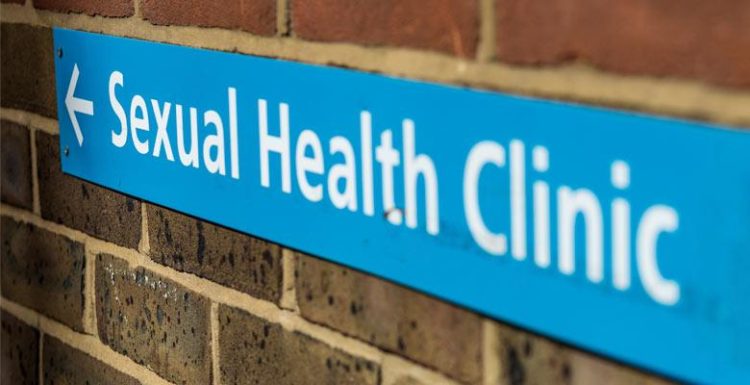By Chris Williamson And Sammie Jones-
Loose male and female youths are flirting with high rates of HIV without thinking, in a worrying trend that highlights impending dangers for our youths.
Research conducted by The Eye Of Media.com shows that 61% of men in the Uk admitted to having frequent unprotected sex with females, whilst 65% of females admitted having had lots of unprotected sex with males.
Writers and researchers from this publication were asked to conduct surveys with 1,000 young people between the ages of 16 and 25 in East London, West London, and three areas of Essex- Basildon, Romford, and Brentwood. Participants were selected at random over a one month period in July, and taken into a designated hall were they were questioned and filed in questionnaires. This is the second research conducted by The Eye Of Media.Com aiming to study the sexual patterns and disciplines of youths in the U.K.
The finding shows that most unprotected sex between couples occurred spontaneously after a drunken night out, or a get together among a group of mutual friends. Even more worrying was the finding that a large number of males and females turn up for dates without a condom in their possession, or any contraception, but proceed to have sex at the end of the night. 74% of males surveyed admitted to have had unprotected sex with partners they had met for the first time at some point in their past, whilst 55% of females admitted the same.
Only 14% of males guilty of unprotected sex said they have discontinued unprotected sex, whilst 22% of females said they had become wiser in time and don’t make a habit of unprotected sex.
SEXUAL CHEMISTRY
It also emerged that whenever sexual chemistry is brewing, the participants rarely ever consider the fact that their partner who is using no protection may have sexually engaged hundreds of other partners without protection.
An alarming factor is the fact many HIV sufferers are unaware they have the infection for a long time because many do not bother to go for testing. This means many people infected with HIV unknowingly infect other careless lovers who fail to consider the high risk involved in sleeping with somebody whose sexual history they can’t fully know about.
Teenagers and youths in their early 20’s are guilty of a very high level of ignorance and negligence when it comes to sex. Driven by their sexual urges and attraction for the individual of interest, they conveniently overlook the strong possibility that the unguarded sexual encounter at work may have been replicated several other times with different partners either in the past or currently.
Statistics from the Health Department shows that in 2016, more than a million people were tested for HIV. Most (87%) of these people were tested in specialist sexual health services. The statistics also reveal that HIV testing rates in general services have increased by 17% between 2014 and 2016 in high prevalence areas. Men who have sex with men were most likely to have an HIV test (89%) compared with 77% of heterosexual men and 56% of heterosexual women.
While testing coverage among men who have sex with men and heterosexual men has increased since 2009, it has also fallen among heterosexual women. Experts believe this is due to lower attendance of integrated sexual and reproductive health clinics in which this population is routinely tested for HIV. A total of 179 out of 223 health clinics achieved the recommended testing coverage of 80% among men who have sex with men, consistent with British Association for Sexual Health and HIV (BASHH) recommendations for this group.
An estimated 60% of people not at high risk of HIV who attended specialist sexual health services were tested for HIV. This group accounted for 29% of all HIV diagnoses made in these services in 2016. The number of people from this group who decline an HIV test is increasing and stood at 27% in 2016
In the UK, 42% of people diagnosed with HIV in 2016 were diagnosed at a late stage of HIV infection – defined as having a CD4 count under 350 within three months of diagnosis. However, progress is being made in this area, with the number of late HIV diagnoses falling by 45%, from 3,930 in 2007 to 2,170 in 2016.
Late diagnosis of HIV has declined in the last decade, from 56% in 2005 to 42% in 2016, this figure remains unacceptably high and further work to expand HIV risk awareness, testing and diagnosis is needed. It is also very important for sexually active individuals to be conscious of the strong possibility that their partner may have already contrived HIV from a previous partner, and therefore not comfortably go to bed with them without using safe protection.

